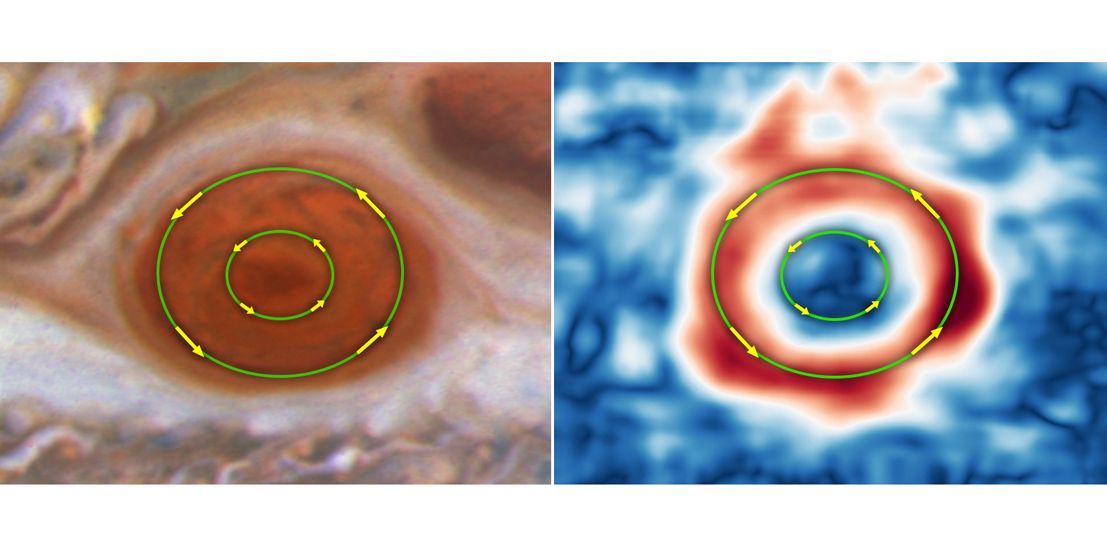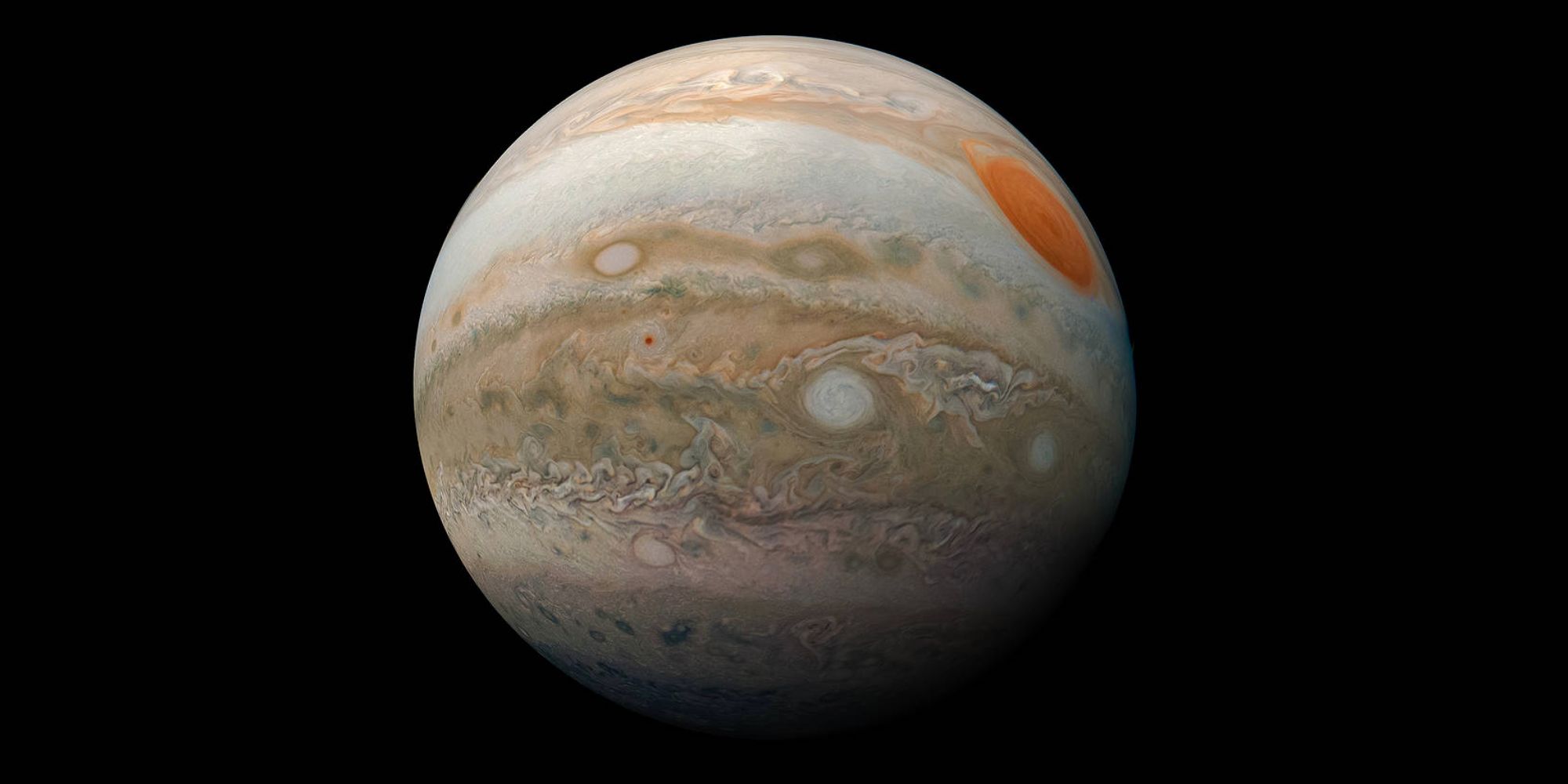NASA's unstoppable Hubble telescope just captured all-new images of Jupiter — revealing that its iconic Great Red Spot storm is getting faster in a very unique way. Of all the planets in the Solar System, Jupiter is certainly one of the most interesting. It's the largest planet in the Solar System, is a giant gas ball with no solid surface, and is surrounded by 79 moons. It's not a planet humans will ever be able to visit, but thanks to technology like Hubble, it's possible to study it from afar.
In fact, Hubble has been extremely useful for this kind of exploration since its launch in 1990. It's helped determine the universe's age, discover fascinating galaxies millions of light-years away, and has captured seemingly endless photos all along the way. It can be easy to forget that Hubble's constantly orbiting above the Earth and capturing all of this information, but it's been doing exactly that for well over 30 years.
As part of its latest discovery, Hubble has now shared new photos and details about Jupiter — specifically, Jupiter's Great Red Spot. The Great Red Spot is a region on Jupiter where a massive storm has been raging on for around 340 years. It's the largest anticyclonic storm in the entire Solar System, and per the new Hubble images seen above, it appears that part of it is becoming increasingly faster. For years, astronomers have determined that the inner lane of the Great Red Spot was moving faster than the outer lane. However, Hubble's now revealed that the inner ring has gotten 8 percent faster between 2009 and 2020.
A Closer Look At Jupiter's Growing Storm
After learning about Hubble's findings, analyst Michael Wong from the University of California, Berkeley, said, "When I initially saw the results, I asked 'Does this make sense?' No one has ever seen this before." Whether or not it makes sense is still up for NASA to decide, but what's certain is that the outer part of the Great Red Spot is getting faster — albeit at a slow pace. Wong looked at data from every time Hubble observed Jupiter, used software to analyze "tens to hundreds of thousands of wind vectors," and used that data to get a "much more consistent set of velocity measurements." With this data, Wong and NASA determined that the faster pace of the inner ring has resulted in > 1.6Mph speed increase per Earth year.
What does this change mean? Unfortunately, it's difficult to say with any certainty. As Wong explains, anything lying below Jupiter's upper clouds is hidden from Hubble and "invisible in the data." Even with that missing information, this is still an exciting discovery for the space and science worlds. "It's an interesting piece of data that can help us understand what's fueling the Great Red Spot and how it's maintaining energy." That's an important thing to remember with discoveries like this. Not all new data points come with a game-changing realization, but they all have their own purpose one way or another. A faster storm on Jupiter may be something of a puzzle right now, but a few years down the road, it could be a key component in another mission. Regardless, it's a prime example of Hubble's prowess — and why the iconic telescope is such a key component in space exploration as a whole.
Source: NASA


